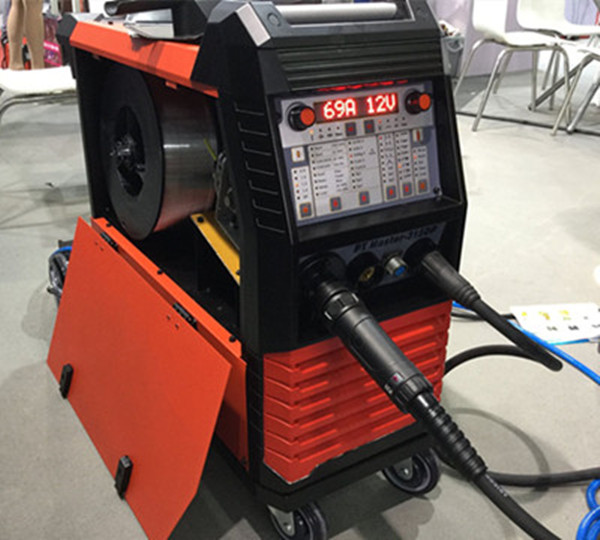2205 duplex stainless steel welding analysis
Composed by close to 1:1 Ferrite and Austenite phase, duplex stainless steel has excellent mechanical properties and resistance to chloride stress corrosion performance, was widely used in the oil and gas pipelines, chemical transportation tank, and the shipbuilding industry. Duplex stainless steel has excellent weldability and during the welding process, the microstructure of welding joint, especially the thermal zone, will cause a series of complicated phase transformation. Different welding methods and process also affect the microstructure and duplex in the welding joints, resulting in changes in mechanical properties and corrosion resistance. As a nickel saving stainless steel, duplex stainless steel 2205 can take the place of Austenitic stainless steel in many cases and reduce the engineering cost effectively. It is necessary to study the effect of different welding processes on the microstructure and properties for 2205 stainless steel joints.

Recently, engineer studied the effect of heat input on Austenite shape and volume fraction in microstructure of simulated heat affected zone of duplex stainless steel and found that increasing heat input can effectively improve the volume fraction of Austenite in simulated heat affected zone. In addition, similar results can be obtained by changing the cooling rate of welded joints. Our researchers used metal inert-gas welding (MIG) to perform welding experiments on 160*320*12mm 2205 duplex stainless steel plate under different thermal input conditions to study the effect of thermal input of MIG welding on the microstructure and mechanical properties of welded joints. The results showed that:
- The microstructure of the heat zone is greatly influenced by the heat cycle of welding. In the incomplete recrystallization zone far from the fusion line, the edge undulation of the belt Austenite increases gradually with the increase of heat input, and the width of zonal Austenite increases gradually. In the rough crystal region near the fusion line, the grain boundary Austenite forms a closed structure to enclose the Ferrite which produces few Austenite structure.
- The Austenite morphology of weld metal in different areas is significantly different. The Austenite structure near the welding center is mostly equiaxial massive Austenite, while the Austenite structure near the fusion line is relatively thick and mainly weinstein-austenite. With the increase of heat input, the weinstein austenite in weld metal gradually decreased, while the number of massive austenite gradually increased.
- With the increase of thermal input, the tensile strength and yield strength of the welded joint decreased slightly. Increasing the volume fraction of austenite in the heat affected zone and weld metal, decreasing of austenite and increasing of block austenite can slightly increase the fracture elongation of the welded joint.
- The microhardness of welding joint increase and then reduce in turn from base metal to weld metal. The change of microhardness is related to the austenite volume fraction in each region of the welding joint. With the increase of thermal input, the austenite volume fraction in each region gradually increases while the microhardness decreases accordingly.


